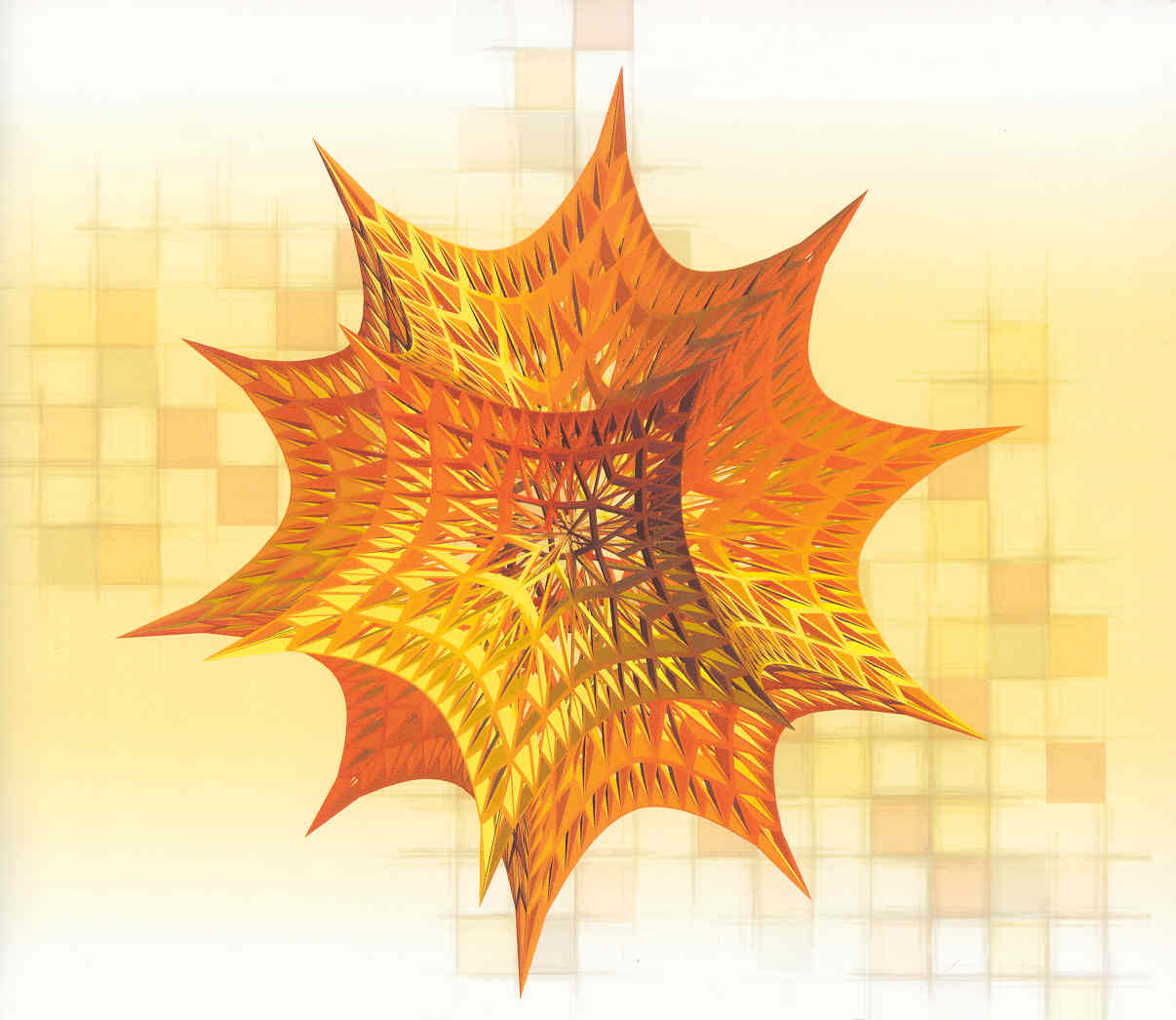| MSNE 433/533 – COMPUTATIONAL MATERIALS MODELING | |
| Credits: 3 | |
| Physico-chemical principles augmented by ever-advancing computation technology have become a tool for explaining rich materials properties, designing nano-structures and their possible functionality. This course overviews basic quantum principles of materials structure, and a hierarchy of approximations broadly used in computational models. This includes classical many-body potentials, tight-binding approximations, electronic density functional theory methods, etc. Along with the basic theoretical concepts, students will acquire practical skills for using state-of-the-art software packages (Mathematica, codes for performing first-principles calculations) for solving real-life problems in materials science.
Basic Theory…
and Practice
Textbooks: |
|
| MSCI 506 – PHYSICAL PROPERTIES OF SOLIDS | |
| Credits: 3 | |
| Survey of the electrical, magnetic, and optical properties of metals, semiconductors, and dielectrics based upon elementary band theory concepts. Required for materials science and engineering majors. Not offered every year. | |




